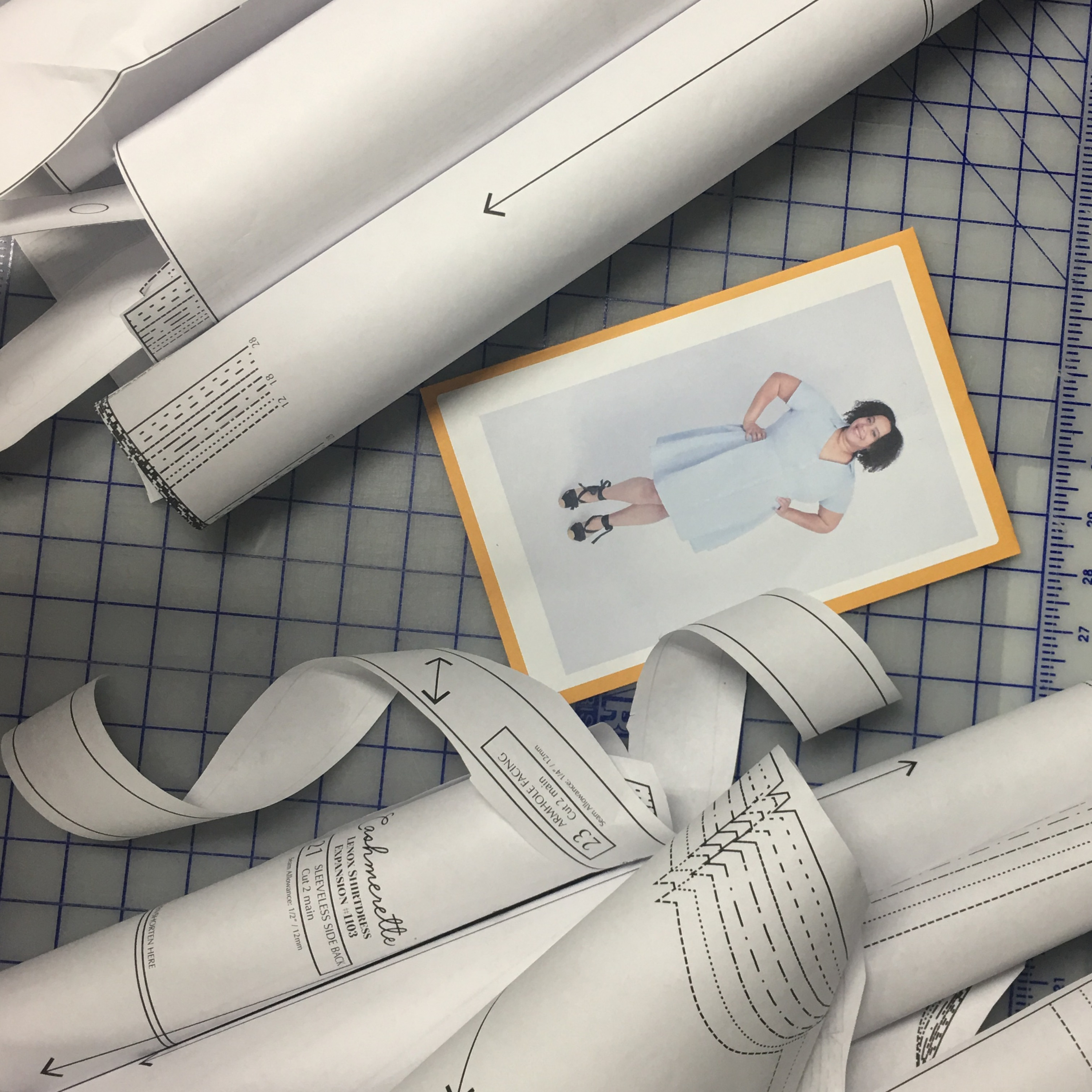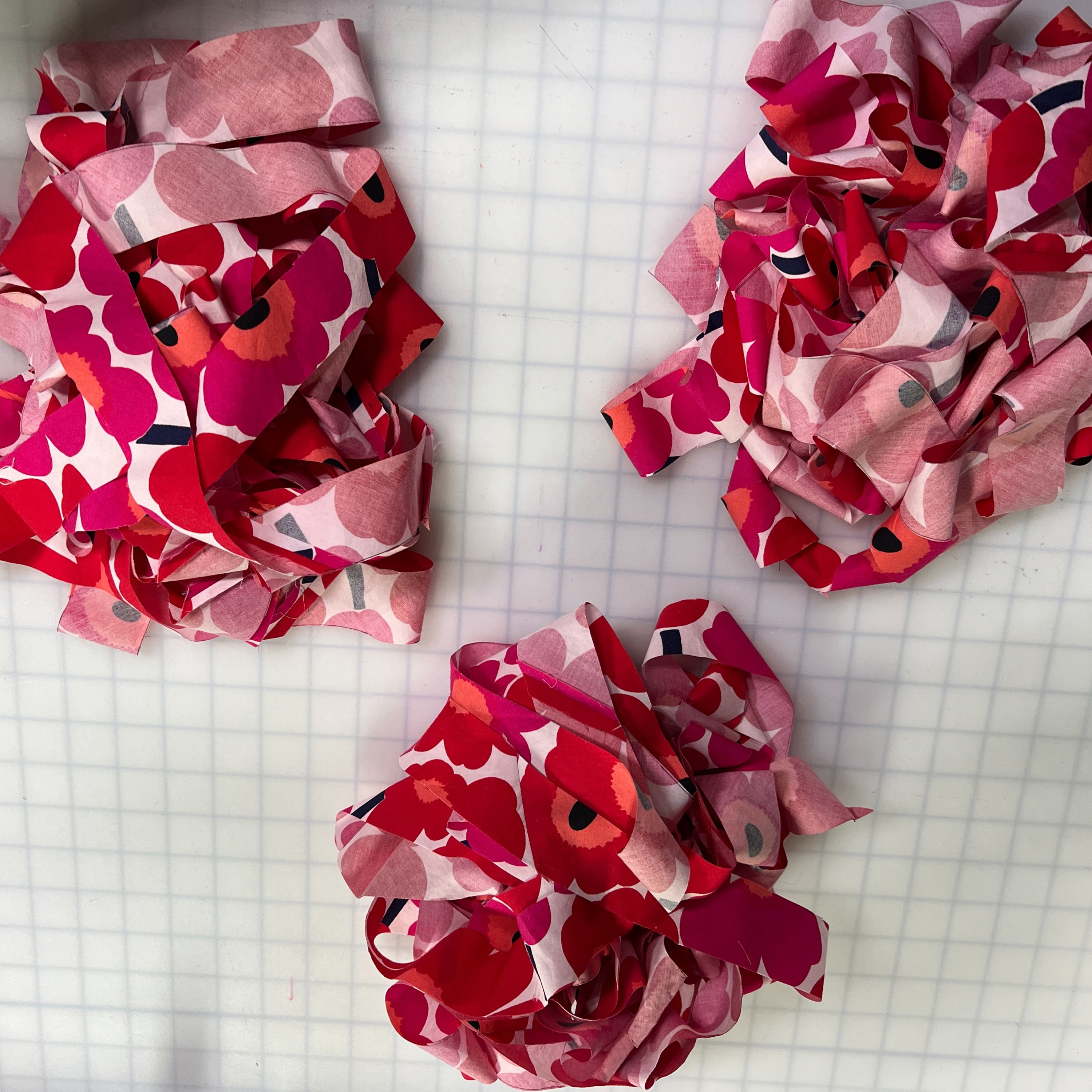Sign up for the Black Women Stitch QUARTERLY newsletter.
Join the Black Women Stitch Patreon
Black Women Stitch 2023 Wall Calendar
Lisa is connecting with Julian Collins for Menswear Sunday, April 16th, at 3 pm on the Black Sewing Network on TikTok. They will sew the boxer brief pattern the Gable by Made for Mermaids. Lisa enjoys the Gable pattern because of its simplicity (3 seams, 2 hems, 1 waistband) and the size inclusivity. The kid size goes from toddler to teen; the adult size fits waist sizes 28" to 63". Not bad for $9. Get the Made for Mermaids Gable boxer briefs BWS affiliate link
Check out the BWS Amazon store for pinned supply list
Lisa Woolfork
Lisa Woolfork is an associate professor of English specializing in African American literature and culture. Her teaching and research explore Black women writers, Black identity, trauma theory, and American slavery. She is the founder of Black Women Stitch, the sewing group where Black lives matter. She is also the host/producer of Stitch Please, a weekly audio podcast that centers Black women, girls, and femmes in sewing. In the summer of 2017, she actively resisted the white supremacist marches in her community, Charlottesville Virginia. The city became a symbol of lethal resurging white supremacist violence. She remains active in a variety of university and community initiatives, including the Community Engaged Scholars program. She believes in the power of creative liberation.
Stay Connected:
Lisa Woolfork
Instagram: Lisa Woolfork
Twitter: Lisa Woolfork
Sign up for the Black Women Stitch quarterly newsletter
Check out our merch here
Leave a BACKSTITCH message and tell us about your favorite episode.
Join the Black Women Stitch Patreon
Check out our Amazon Store
Stay Connected:
YouTube: Black Women Stitch
Instagram: Black Women Stitch
Facebook: Stitch Please Podcast



